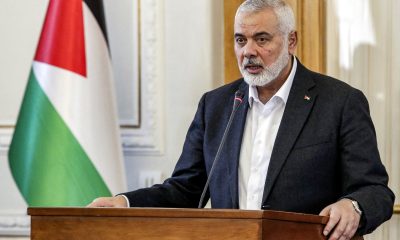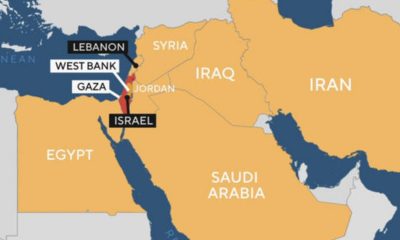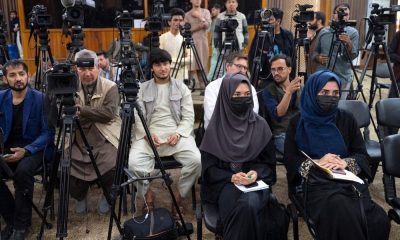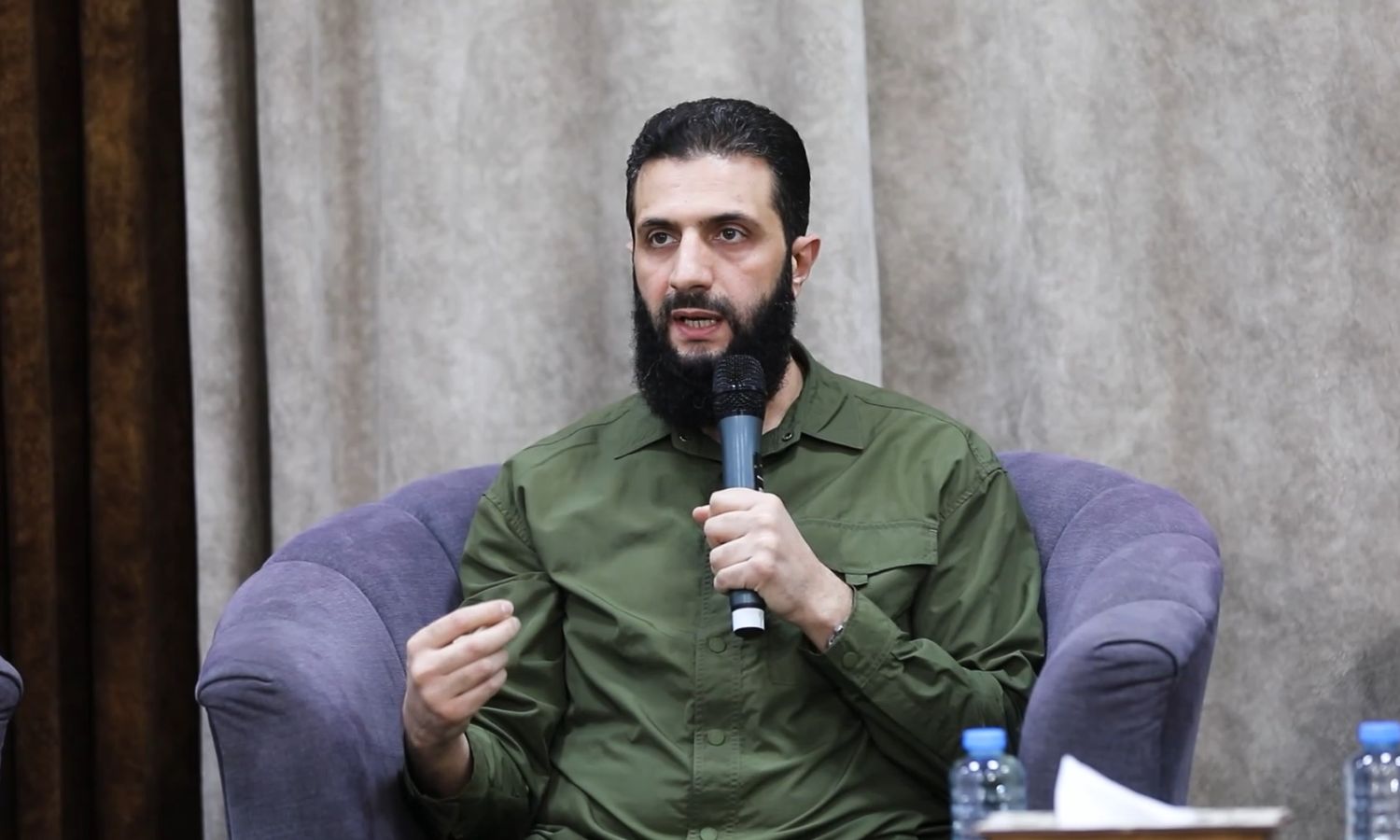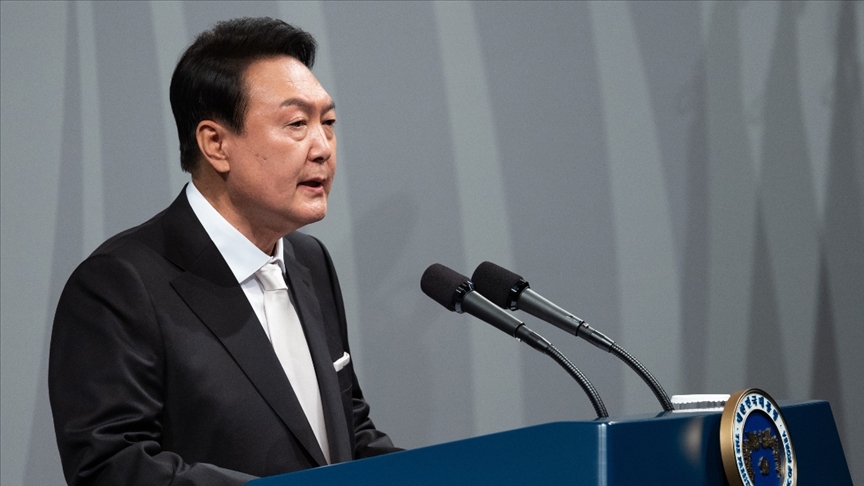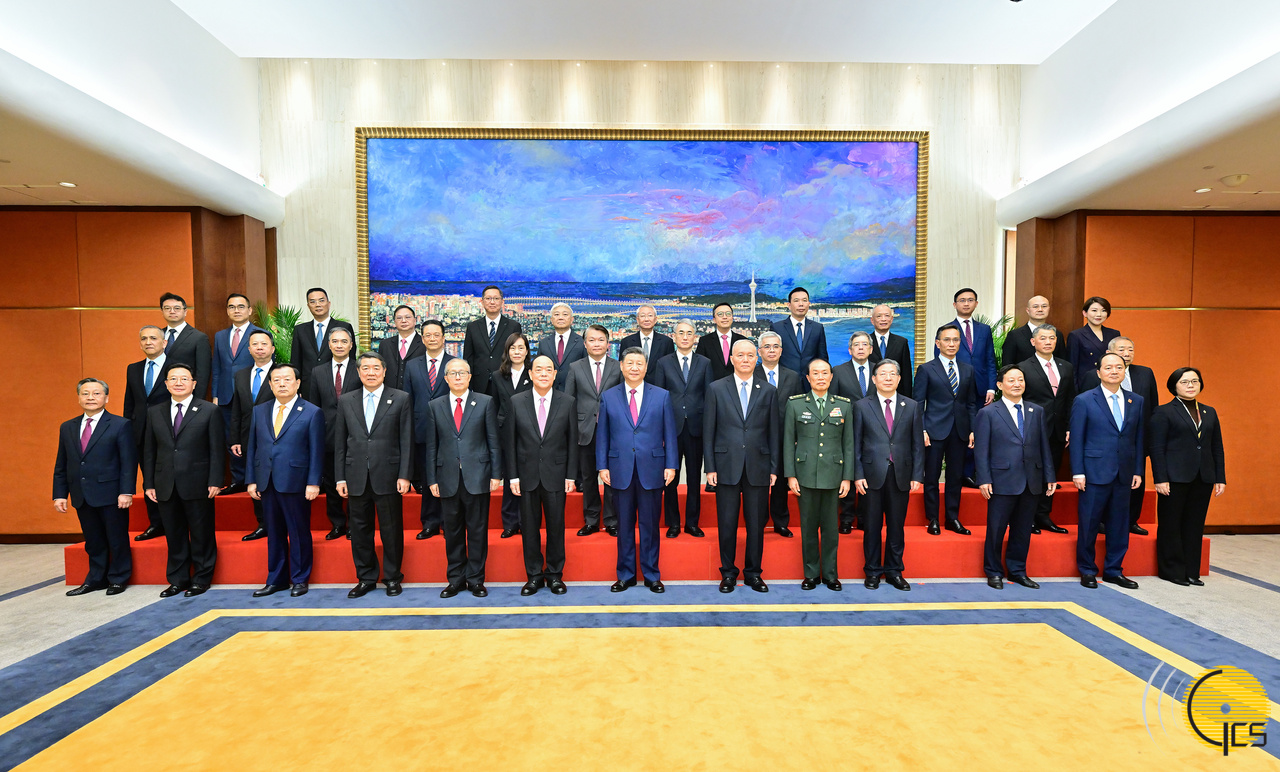High-ranking Taliban officials on Wednesday gathered to watch public Qisas, or retributive execution under Sharia law, of an Afghan man convicted of killing another man, the first public execution since the Taliban regained power last year.
The capital punishment took place in Afghanistan’s Farah province and the executed man was identified as Tajmir son of Ghulam from Jalwarja village in the Injil district of western Herat province. Tajmir was accused of killing another man, Mustafa from Farah province after stealing his motorcycle and mobile phone. Many Afghan men use only one name.
The execution, carried out with an assault rifle by the victim’s father, took place in front of hundreds of spectators and almost all top Taliban officials. Some officials came from Kabul, the capital city, underlining the importance of Qisas.
Taliban Deputy Chief Minister Mullah Baradar, Taliban Supreme Court Chief, Abdul Hakim Haqqani, Taliban Interior Minister, Sirajuddin Haqqani, Taliban Foreign Minister, Amir Khan Muttaqi, Taliban Minister of Vice and Virtue, Mohammad Khalid Hanafi, Taliban Justice Minister, Mawlawi Abdul Hakim Sharaee, and Taliban Chief Spokesman Zabihullah Mujahid were visited Farah to watch the execution.
Taliban Spokesman, Zabihullah Mujahid said the decision to carry out the punishment was “made very carefully,” following approval by three highest courts of the country and the group’s supreme leader, Mullah Haibatullah Akhundzada.
Taliban forces had arrested Tajmir after the victim’s family accused him of the crime that happened five years ago. There are no more details about the circumstance of the incident.
Victim’s mother demanded Tajmir’s execution
The Taliban wanted to solve the murder case without public execution at the first place. But the mother of the victim told Taliban authorities that she wanted to see him dead the way he killed his son. “Taliban asked me to forgive this man in sake of Allah, the Almighty, but I said no, justice must be done, and this man should be buried in the same way he did to my son,” the mother said. He would have committed more murders in the future if was set free, the mother said over Tajmir’s execution, terming Tajmir’s public Qisas as a lesson for other people.
To implement the Qisas, the Taliban had issued a public notice to publicize the event and called on the residents of Farah province to join them in the sport stadium. Taliban’s Interior Minister, Sirajuddin Haqqani, who watched the execution of Tajmir, had donated 100,000 Afghani to his family.
“Tajmir was given time to take oblation and perform prayers before he was shot dead by the victim’s father three times by a rifle,” an eyewitness Ajmal said. Taliban leaders also delivered speeches before the execution to happen and promised justice, according to Ajmal.
Taliban slipping back to ways of the 1990s
The Taliban, who overran Afghanistan in 15 August 2021, in the final weeks of the US and NATO forces’ pullout from the country after 20 years of war, had on several occasions said not to repeat past mistakes committed during their previous rule of the country in the late 1990s. The Taliban carried out public executions, floggings and stoning of those convicted of crimes in that time and with new executions on Wednesday, Taliban indicated it was slowly slipping back to the ways of the 1990s. Last month, Taliban lashed nine women and three men in public for adultery and theft crimes in Logar province. Several public floggings have been carried out recently too.
Tajmir’s public shooting comes weeks after judges were instructed to fully enforce Sharia law and the Taliban’s supreme leader Akhundzada issued the edict last month, ordering judges to impose punishments that may include public executions, public amputations and stoning.
US and UN reacted to the first public execution
The US and the UN were quick to condemn the execution and used words such as appalled, inhuman and violations of human dignity.
US said the Taliban’s “despicable” public exaction showed a return to the Islamist group’s dark past as it pressed on rights during a fresh meeting. “We’ve seen despicable videos that have circulated online in recent days. This indicates to us that the Taliban seek a return to their regressive and abusive practices of the 1990s,” State Department Spokesman Ned Price told reporters.
The UN also described the execution as a “deeply disturbing” development, calling it “cruel, inhuman or degrading treatment or punishment.”
The UN stressed that they are “arbitrary in nature and contrary to the right to life protected under the International Covenant on Civil and Political Rights, to which Afghanistan is a State party”.
The UN Assistance Mission in Afghanistan (UNAMA) said they strongly opposes the death penalty in all circumstances, and called Taliban to establish immediate moratorium with a view to abolishing the death penalty.
Taliban officials shot back
Taliban officials shot back at those remarks, saying any criticism of the punishments was an affront to their ability to interpret Islamic law.
“States and institutions must not allow bigots to use their platforms to make irresponsible and provocative statements about our sacred religion of Islam and its laws,” Foreign Affairs Spokesman, Abdul Qahar Balkhi said.
Mujahid also called the UN statement on public execution as “disrespect to the holy religion of Islam”.
The Taliban officials have said that they want to have good relations with the international community and work toward recognition as well, but said they will not accept any kind of interference. Taliban said meddling of outside powers in domestic religious issues unacceptable.
At present, no country has recognized the Taliban government and the US has frozen billions of dollars held by Afghanistan central bank accounts around the world and the World Bank has also withheld around $600m.

 EUROPE1 week ago
EUROPE1 week ago
 OPINION2 weeks ago
OPINION2 weeks ago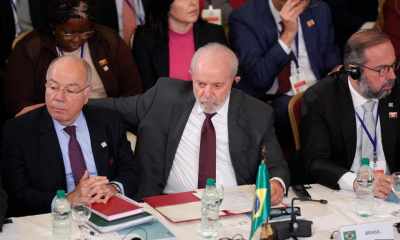
 OPINION1 week ago
OPINION1 week ago
 DIPLOMACY2 weeks ago
DIPLOMACY2 weeks ago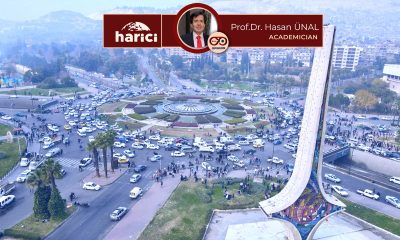
 OPINION2 weeks ago
OPINION2 weeks ago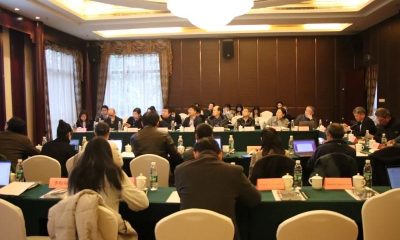
 ASIA1 week ago
ASIA1 week ago
 MIDDLE EAST1 week ago
MIDDLE EAST1 week ago
 MIDDLE EAST2 weeks ago
MIDDLE EAST2 weeks ago




